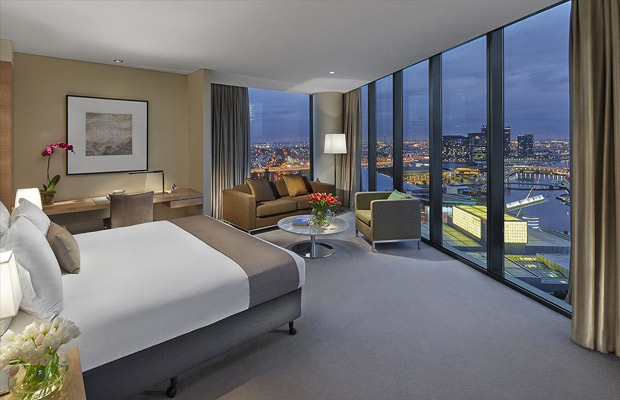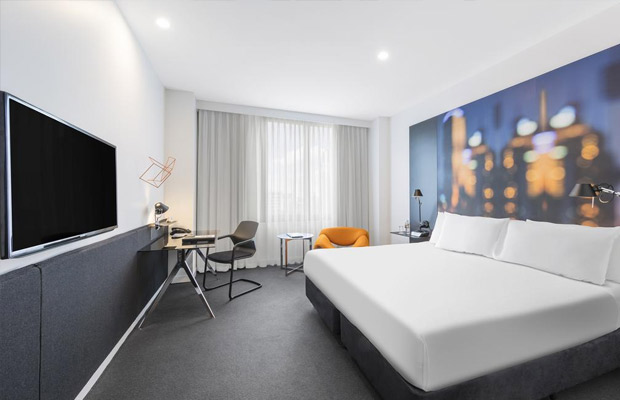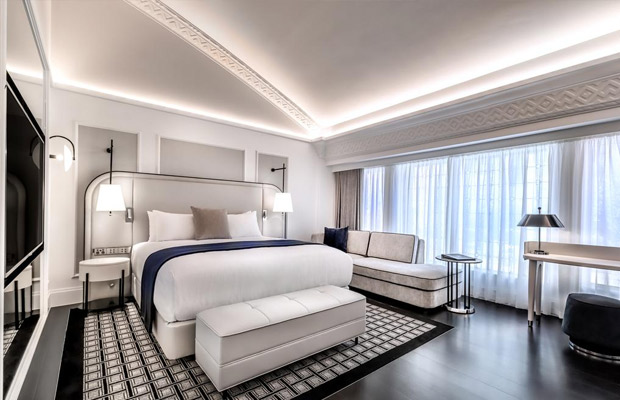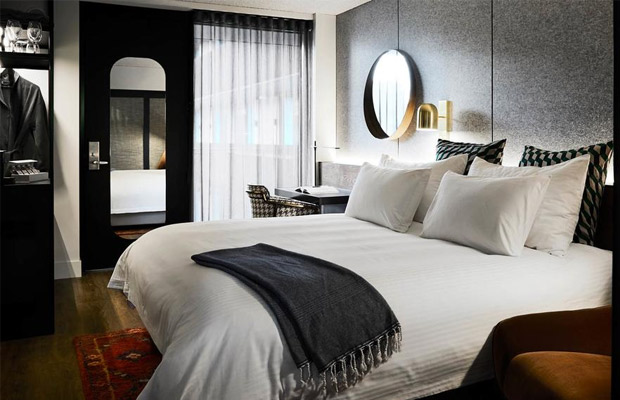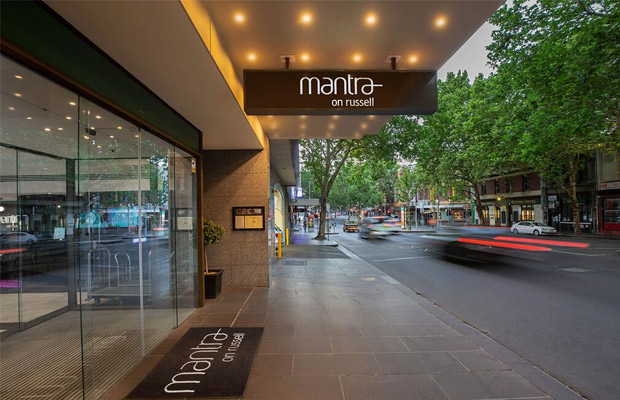St Kilda beach
St Kilda beach
Australia
Melbourne
Melbourne Travel Guide
Book Tour & Activities
Your tour in Melbourne.
Book your stay
Your hotel in Melbourne.
Overview
St Kilda Beach is a beach located in St Kilda, Port Phillip, Victoria, Australia, 6 kilometres south from the Melbourne city centre. It is Melbourne's most famous beach. The beach is a sandy beach about 700 metres long between St Kilda Marina and St Kilda Harbour along Jacka Boulevard and St Kilda Esplanade.
It is located at the north-east corner of Port Phillip and is protected from ocean swell, though still affected by strong westerly winds. With Port Phillip Bay being open to the sea, St Kilda Beach is subject to regular tides. The St Kilda Sea Baths are located at the beach. The St Kilda Pier is another landmark. The pier is terminated by the St Kilda Pavilion, an eccentric Edwardian building in the mould of English pier pavilions which is considered of high cultural importance to Melburnians. It was recently reconstructed and listed on the Victorian Heritage Register after burning down. The pier has a long breakwater which shelters St Kilda Harbour and hosts a little penguin colony. St Kilda Beach is one of the 46 bayside beaches which are monitored by EPA Victoria for water quality.
Recreational activities
Besides swimming, sunbathing takes place on the beach as well as the grass area adjacent to it. People also engage in other watersport activities, such as windsurfing, sailing, kitesurfing, rollerblading, beach volleyball, jetskiing and waterskiing. A skate park for the Fitzroy Street end of Albert Park is in the planning stages. There is also a boardwalk, and another walking track along the beach and a bicycle track.
St Kilda Beach is the home of the Royal Melbourne Yacht Squadron, which began in the early 1870s as the St Kilda Sailing Club, with the present clubhouse dating to the 1920s[5] and the St Kilda Lifesaving Club, which was established in 1911.[6] A large number of sporting tournaments and cultural events are staged on the beach or on the parklands adjoining the beach.
The roads which run alongside St Kilda Beach are popular for many sporting events, such as marathons and bicycle racing.
History
In the early years of Melbourne, the Yarra River and the other creeks of Melbourne were used for bathing and for drinking water. By the 1850s, however, the Yarra was becoming quite polluted, though people continued to bathe in it and drink the water.[7] Until the 1850s, sea bathing was not generally considered acceptable. It was permitted within large timber structures as protection from predatory marine life, and away from prying eyes. The St Kilda Sea Baths were opened in 1860, and provided separate sections for men and women. Women were protected from the sight of men bathing because men frequently bathed naked. Sea bathing was popular as it was considered to have health benefits, as was exposure to the sun. Throughout the nineteenth century, there were as many as six different sea baths operating along the St Kilda shore.[8] The Melbourne to St Kilda railway line, which had opened in 1857, as well as the St Kilda to Windsor loop line brought large numbers of people to the privately run St Kilda Sea Baths, located at the beach. The Esplanade Hotel was built in 1878.
The building of cable tram lines in Melbourne increased the easy accessibility of the beach, with a line running from Windsor Station through St Kilda Junction, down Fitzroy Street, past St Kilda Station, around the Upper Esplanade to terminate in Acland Street, opening in 1891. The construction of the line involved the rebuilding and widening of the Upper Esplanade, creating the supporting wall at the northern end that accommodated a row of shops facing the pier (the walled off spaces still exist now known as the vaults). In 1913, electric trams arrived in St Kilda when the Prahran & Malvern Tramways Trust built a line along Carlisle Street from their rapidly expanding network throughout the eastern suburbs, connecting Kew, Camberwell, Malvern and Caulfield to St Kilda. These lines terminated at a loop built in 1916 that ran around a cafe (now McDonald's) in front of Luna Park, connecting St Kilda directly to a large parts of the city.
Video Travel Inspiration
See St Kilda beach on Map
Most Popular Cities

Siem Reap
Cambodia
Ho Chi Minh City
Vietnam
Beijing
China
Paris
France
London
United Kingdom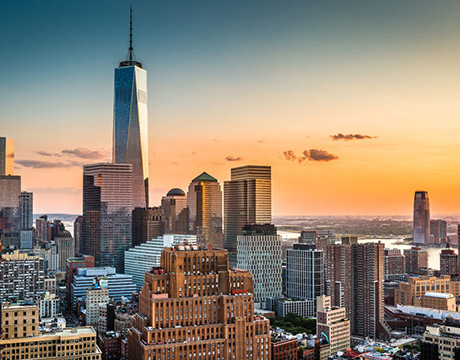
New York
USA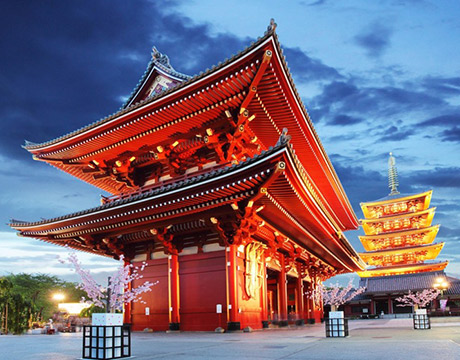
Tokyo
Japan
Bangkok
Thailand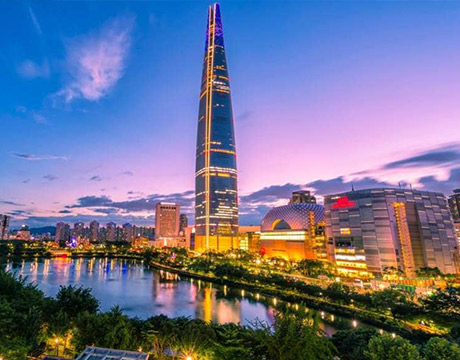
Seoul
South Korea
Vientiane
Laos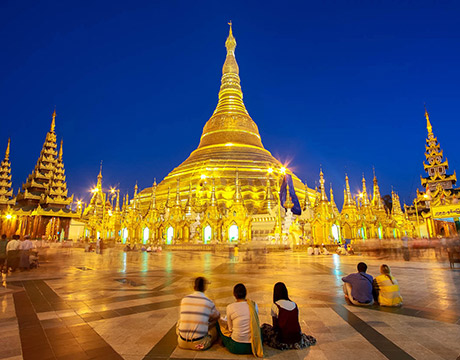
Yangon
Myanmar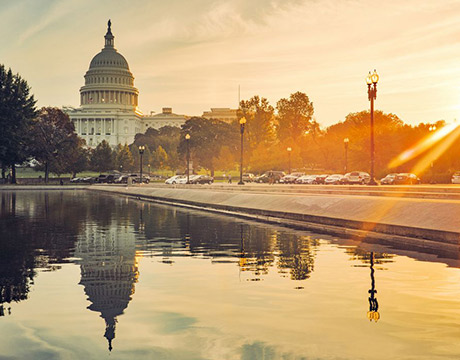
Washington DC
USA
Los Angeles
USA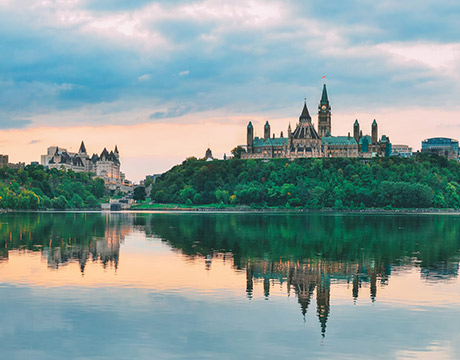
Ottawa
Canada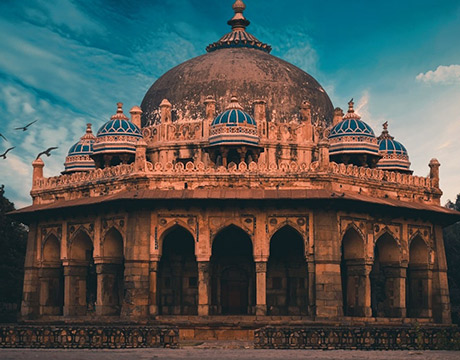
New Delhi
India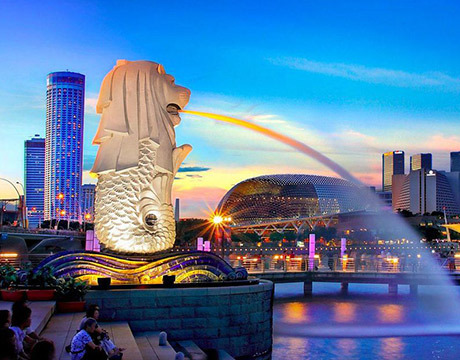
Singapore
Singapore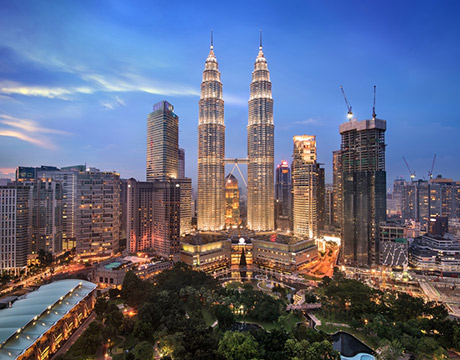
Kuala Lumpur
Malaysia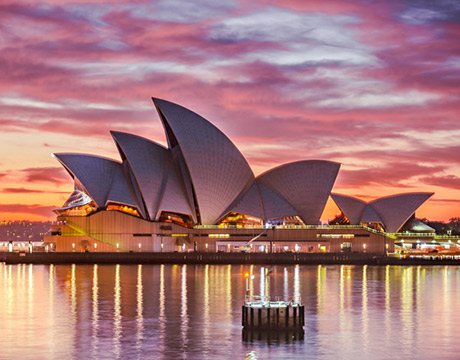
 English
English French
French Khmer
Khmer Thai
Thai Vietnamese
Vietnamese Chinese
Chinese Korean
Korean German
German Japanese
Japanese Italian
Italian Russian
Russian Spanish
Spanish Dutch
Dutch Indonesian
Indonesian Malay
Malay










